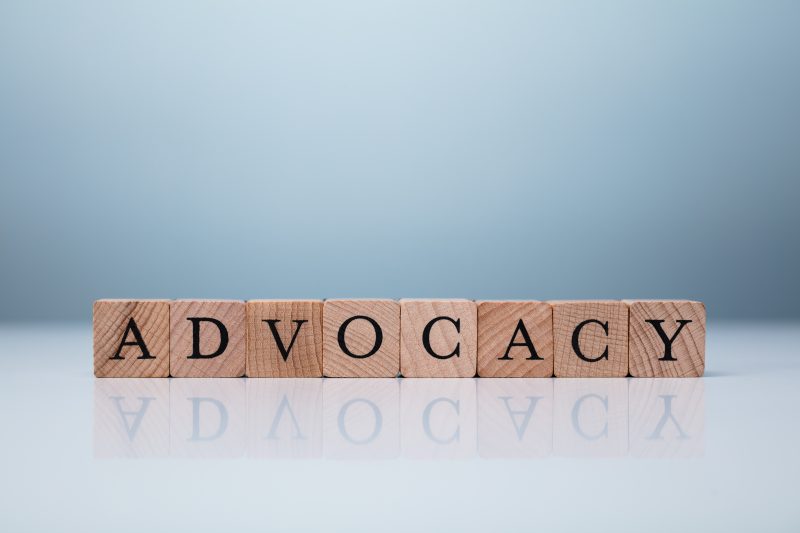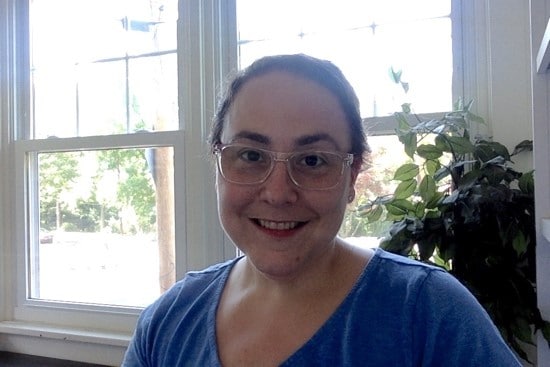PUBLISHED: 9th July 2020

Bryna Siegel Finer, PhD
As an academic researcher, I am currently recruiting survey and interview participants for two new studies. The first looks at how patient education materials describing chemotherapy can better equip patients to understand how their bodies might be different after chemo. I invite you to take the survey and tell us what documents and artifacts helped you most during your cancer journey!
The second study looks at the documents patients receive that actually make them feel supported and help patients make meaning from their medical situation. Your feedback on the survey ensures the documents go beyond providing information. Both of these studies advocate for clearer communication from practitioners and healthcare organizations in documents that patients rely on.
Of course, I’m not only an academic researcher. I am a member of the HBOC community and I have also had breast cancer. In December of 2012, a few weeks after I turned 36 years old, I was diagnosed with DCIS in my right breast. Because I am BRCA2+ and knowing my family history of cancer, I spent all of 2013 having and recovering from surgeries – bilateral mastectomy, DIEP reconstruction, oophorectomy, hysterectomy, breast revision.
That year was also my first in my current position as a writing professor. People in my academic field – Writing and Rhetoric – study how people use writing to effect change. In the year of my surgeries, Angelina Jolie published her famous editorial in the New York Times, “My Medical Choice,” in which she disclosed her BRCA+ status and her own choice to have prophylactic surgery. It seemed natural for me to begin studying how people with BRCA mutations were responding to Jolie and to learn other ways that BRCA+ people were using writing to support and advocate for our community.
In the years following my surgery year, I published a few articles about the ways that previvors use writing. One of my studies looked at how previvors use blogs to educate others about HBOC, advocate for BRCA and general cancer research, and support others in the BRCA+ community. In another study, I discuss the tropes that the “Angelina Effect” has solidified as “the” previvor narrative, as if there is only one such story. I also co-edited a collection of research studies on women’s health, which includes a chapter by Marleah Dean Kruzel on previvor communication and coping strategies. I hope that my studies have led to positive changes in health and health advocacy. It is my way of showing I care about my community.
Last summer, as if in a scene I felt like I’d seen in so many movies, I found a lump under my arm while in the shower. Doctors confirmed that I had an invasive tumor, ER/PR+ HER2- Stage IIa. In July 2019, I had surgery to remove my breast reconstruction and the tumor along with it; in September, I began chemotherapy followed by 30 radiation sessions. Each time I met a new physician or began a new treatment, I received a glossy folder with the hospital insignia, the doctor’s business card tucked neatly into the slits on the outside of the pockets, filled with paper on both sides: information on medications, nutrition, side effects, consent forms for studies, clinical trial information, maps of the hospital, directions and parking lot maps, descriptions of hospital services, general cancer information, leaflets from local support groups, booklets from national cancer organizations. I would return home with these folders, spread out their contents on my bed, blur my eyes, and attempt to glean everything I needed to know through osmosis. Then I’d put everything back in the folder and add it to a drawer full of similar folders I’d received back in 2013.
During chemo, even while I laid in my bed sick or sleeping, my husband and eight-year-old son eating dinners prepared by our friends, I was still a researcher. I had so many questions about the changes in my body, some like my bald head completely visible, and others not only invisible but also indescribable: mental, physical, emotional. When I had the energy, I’d go to the drawer over and over again, but the answers I wanted were not in there.
My last treatment was four months ago; my hair is growing back, and I have more stamina every day, but I’m different. I still look at that drawer full of folders, papers, booklets, and I don’t find my experience there. I don’t find my cancer story in those pages. There is no voice in that paperwork that speaks to me. And I wonder if other women with cancer have felt similarly about documents given to them throughout their cancer journey. This is what compels me to continue the academic work I do in these studies.
If you qualify for one of the studies, I hope you’ll consider participating. Participating is one of the best ways we can advocate for ourselves. It’s how our stories and voices are heard so that future patients have the best possible experiences with their cancer care.

Bryna Siegel Finer is a FORCE research advocate. She lives in Pittsburgh, PA, with her husband, son, and their golden retriever. She blogs about her cancer experience at bloggingbrca.wordpress.com.
POSTED IN: Research
TAGS: Hereditary Cancer , Hereditary Cancer Research , Research Advocacy , Research Studies